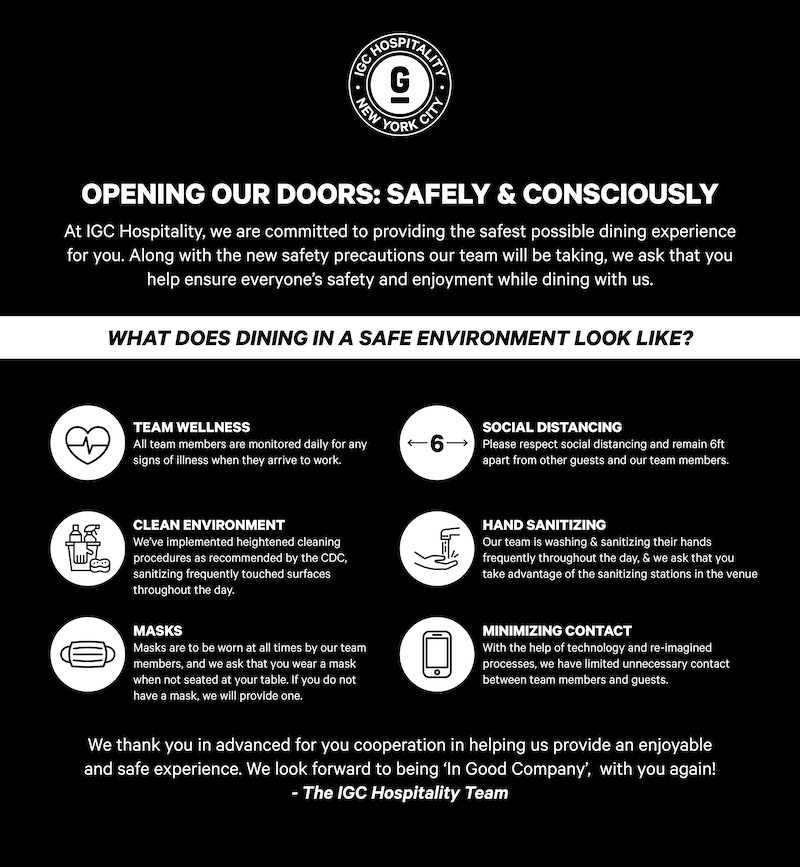Emergency Plumbing Tips – What to Do Before the Plumber Arrives
When faced with a sudden issue in your home’s water system, acting swiftly can be crucial for preventing further damage. Understanding the problem at hand can save you time and money in the long run. In moments of distress, having a clear plan in mind enables you to take effective steps toward a resolution.
Before you call for professional help, it is important to take necessary safety precautions. This ensures that you are protected from potential hazards associated with water leaks or other related complications. By identifying the issue early on, you can provide valuable information to the experts who will be addressing the matter.
While waiting for a qualified technician, applying temporary fixes can alleviate some of the immediate concerns. These short-term solutions can help manage the situation and minimize disruption to your daily routine, while also ensuring you remain safe until help arrives.
Isolate the Problem: How to Shut Off Water Supply
In situations where water leaks or bursts occur, it is crucial to act swiftly in isolating the problem. The first step is identifying the issue. Look for visible signs of leaks or locate the source of the water flow. Observing these details can expedite the process of rectifying the situation, allowing you to communicate more effectively with a technician.
Once you’ve identified the source, you will need to focus on shutting off water to prevent further damage. Most residences are equipped with a main shut-off valve that controls the entire water supply. This valve is usually located near the water meter or where the main line enters the home. Rotate the valve clockwise until it stops to effectively halt the water flow.
In addition to the main valve, individual fixtures may have their own shut-off valves, often found beneath sinks or behind toilets. If the issue is isolated to a specific fixture, using these smaller valves can limit disruption while you await professional help.
Always keep safety precautions in mind during this process. Ensure the area around the valve is dry to avoid slips or falls. If you’re unable to locate the shut-off valve or feel uncomfortable proceeding, do not hesitate to reach out for professional assistance.
Assess the Situation: Identifying Potential Issues
When faced with a plumbing crisis, the first step is to properly evaluate the circumstances at hand. Start by examining the affected area for any visible signs of leaks, such as water pooling or damp spots on walls and floors. This initial assessment will play a crucial role in identifying the issue and informing the professional help when they arrive.
Take note of any unusual sounds coming from pipes, such as hissing or gurgling, as these can indicate blockages or air trapped in the system. Pay attention to your water pressure; a sudden drop might suggest a break in the line, while excessive pressure could lead to additional complications.
Additionally, ensure that you are adhering to safety precautions during your investigation. Avoid standing water when possible, as it can pose electrical hazards. Protect yourself by wearing appropriate footwear and keeping a safe distance from any potentially hazardous materials.
Document your findings to provide valuable information geared towards preventing further damage and facilitating a swift resolution. Once you have gathered the necessary observations, be ready to share these details with the experts upon their arrival. For more professional insights, visit https://bastanchuryplumbing.com.
Prevent Further Damage: Tips for Managing Water Overflow
When faced with a situation involving water overflow, it’s crucial to act quickly to minimize potential harm. Start by identifying the issue–this step is essential for understanding the source and extent of the problem. Once you have a grasp on what’s causing the overflow, focus on preventing further damage to your environment.
Consider implementing safety precautions. Ensure that any electrical appliances or outlets near the affected area are turned off or unplugged. This action can prevent electrical hazards that may arise from excess moisture.
Shutting off water supply lines is a practical approach for controlling the situation. Locate the main valve and turn it off to halt the flow of water, thereby giving you time to assess and manage the overflow without further complications.
If the situation appears overwhelming or beyond your skill level, don’t hesitate to seek professional help. Trained experts can efficiently handle more complex issues and help restore your home to its original condition.
In summary, quick decision-making and strategic actions are key in dealing with water overflow situations. By identifying the issue and employing effective management strategies, you can significantly reduce the risk of extensive damage.
Q&A:
What should I do if my sink is overflowing?
If your sink is overflowing, the first step is to turn off the water supply immediately. Look for the shut-off valve under the sink and twist it to stop the flow. Next, clear any items from around the sink and use towels or a bucket to catch the excess water. It’s also a good idea to check if there’s a clog in the drain. If you’re comfortable, try using a plunger or a plumbing snake to address minor blockages. If these methods don’t resolve the problem, wait for the plumber to arrive for further assistance.
How can I stop a toilet from continuously running?
A continuously running toilet is often caused by a faulty flapper or a problem with the fill valve. First, open the tank lid and check if the flapper is properly sealing. If it’s worn or misaligned, gently adjust or replace it. If the fill valve appears to be stuck, you can try adjusting the float. If these attempts do not work, it’s best to inform the plumber about the issue when they arrive, as they will have the right tools to fix it properly.
What can I do to minimize water damage during a plumbing emergency?
To minimize water damage in a plumbing emergency, immediately locate and shut off the main water valve to stop the flow of water. If you can access it, try to contain the leak by using towels, buckets, or any available containers. Move any furniture or valuables away from the affected area to prevent further damage. Additionally, if you have a wet/dry vacuum, use it to remove standing water. Document the damage for insurance purposes, and inform your plumber of any specific areas that need urgent attention upon their arrival.
How can I identify if there is a leak in my pipes?
Identifying a leak in your pipes can be done by keeping an eye out for several signs. Look for unexplained water stains on walls or ceilings, which could indicate leaking pipes behind them. Additionally, check your water bill for any sudden increases that do not correlate with your usage. If you notice a damp smell or mold growth in areas like basements or crawl spaces, there may be a hidden leak. If you suspect a leak, inform the plumber about these observations so they can locate the issue quickly.
What tools should I have on hand in case of a plumbing emergency?
Having a basic plumbing toolkit can be very helpful during emergencies. Essential tools include a plunger for clearing clogs, a pipe wrench for tightening or loosening pipes, and an adjustable wrench for various fittings. Additionally, a flashlight can help you inspect dark areas, and some duct tape can temporarily fix small leaks. Having towels or rags handy to clean up spills and a bucket for collecting water can also be beneficial. While these tools can help you manage small issues, always call a plumber for significant problems.
What immediate steps should I take if I have a burst pipe before the plumber arrives?
If you experience a burst pipe, the first action you should take is to turn off the main water supply to your house. This will help prevent further flooding and water damage. Next, open the faucets to drain the remaining water in the pipes. It’s also wise to collect any belongings that could be damaged and move them to a dry area. If possible, try to contain the water flow using towels or buckets. Document the situation with photos for insurance purposes. Finally, make a list of the issues to discuss with the plumber once they arrive.
How can I minimize damage from a toilet overflow while waiting for a plumber?
In the event of a toilet overflow, immediately turn off the water supply to the toilet. You’ll find the shut-off valve behind the toilet, which can be turned clockwise to stop the flow. If it’s safe to do so, use towels or a mop to soak up excess water and prevent it from spreading. Remove any items from the bathroom floor that could get damaged. If you have access to a wet/dry vacuum, consider using it to help with the cleanup. Finally, be cautious of any electrical outlets in the area and avoid standing in water while doing these tasks. Make sure to inform the plumber about the overflow and any steps you took so they can assess the situation properly upon arrival.



